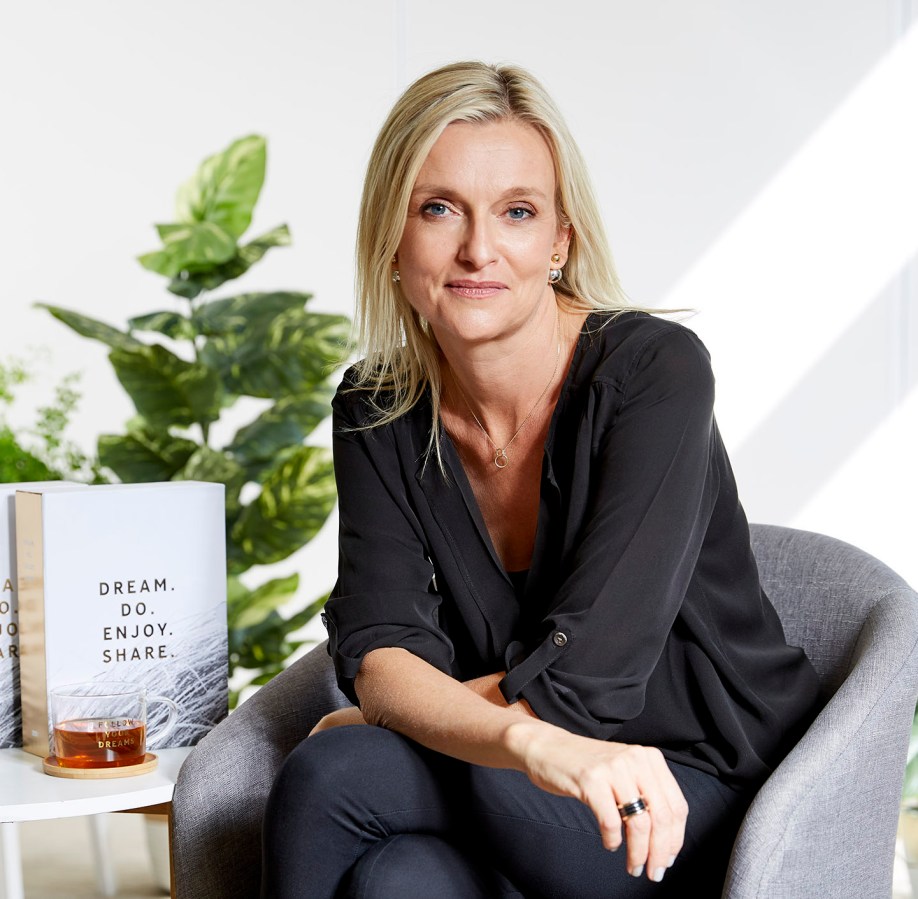Opinion: Last week’s private company pay gap data from WGEA has been met with mixed reactions. From feelings of despair through to outright denial by people who claim the data isn’t robust, or doesn’t reflect the reality of the difference in the kinds of jobs men and women are willing and able to do.

It makes for interesting timing to have visibility on this data less than two weeks ahead of International Women’s Day, especially given this year’s United Nations theme for the day is about economic empowerment.
But we need to remain hopeful that gender equality and pay equity are possible, because otherwise we’ll continue to miss opportunities to break down gender stereotypes, and enable both women and men to live and work the way they choose.
The pay gap data reflects our ingrained beliefs about men and women, and putting genders into ‘blue’ and ‘pink’ boxes. The kinds of boxes that assume women should be carers and lead parents, and that men want to hold the power. And it reflects our perpetual failure to value caring industries and roles, because we’re so used to taking caring work for granted.
Our failure to value care is reflected by low wages for the carers who are vital to our society – teachers, nurses, aged care workers, early childhood educators. The list goes on.
So what next?
This data is a wake-up call, that nothing is going to change if we continue with business as usual, and International Women’s Day is a springboard for us to take positive action.
Rather than industry-wide finger-pointing and corporate naming and shaming, examining this data on a granular level is the key to making progress. Because sweeping statements don’t reflect the nuanced approach required to genuinely understand the impact of these findings and create real change.
Take the construction industry, for example, a traditionally ‘blue’ industry. While it’s true that on a whole this is an industry where men are far outearning women, it doesn’t mean the industry as a whole is broken. In fact, there are some in the sector that are already making big steps towards closing the gap, and these are the kinds of examples others can learn from – companies which are taking actionable steps like providing training, changing industry perceptions, and actively seeking out and recruiting talented women.
Related
Like most worthwhile pursuits, progress towards closing the gender pay gap isn’t easy or straightforward.
While it’s been a legal requirement in Australia since 1969 for equal pay to be given for equal jobs, the gender pay gap reflects the gaps in average pay within a business. So at times, the pay gap might appear to widen, even when efforts are being made to address it. For example, hiring more women at a graduate level might lower the average pay for women initially, but it’s a positive step towards increasing female representation in the organisation long term.
In other cases, majority-male, male-led organisations may show low or zero gender pay gaps because they have a large number of lower-paid blue-collar male workers, while women mainly hold higher-paid white-collar roles.
The gender pay gap and the yawning inequities in business leadership don’t reflect the reality of our population and its potential.
We’re a nation where women want to work, they want to learn and they want to lead.
We can see this in the data – we have the most highly-educated female workforce in the OECD, but our lack of societal support for women and their caring responsibilities means that by the time we get to feeder roles for CEO positions, we’re down to just 20% of executives being women.
Why does all this matter?
The persistence of gender pay gaps across all industries is putting women on the back foot financially.
In Australia, women typically retire with 23% less superannuation savings than men, which is a primary factor contributing to the growing number of homeless women over the age of 55.
This financial position is compounded by a lifetime of factors: lower average wages, career breaks for family responsibilities, and fewer savings, means women have less financial independence and limited choices in comparison to men.
There is no denying that this is unacceptable. Women deserve economic empowerment and freedom.
So where to from here?
This data provides a brilliant opportunity for leaders, teams, executives and boards to reduce their gaps or build on success in their organisations. And it’s an opportunity for industry sectors to collaborate and share best practice, so that the rising tide can equally lift all boats.
Many people have told me they feel International Women’s Day is a tokenistic endeavour, especially when paired with the glaring pay gaps reported by some of the companies who’ve been loudest in claiming their ‘support’ for women each year.
So instead of looking at the large gaps and inequalities, let’s encourage businesses to learn from the companies who are getting it right, and look for new ways to set and encourage best practices across industries.
Because pessimism won’t get us anywhere.
Danielle Dobson is a diversity and inclusion specialist, leadership development consultant and author of Breaking the Gender Code.



